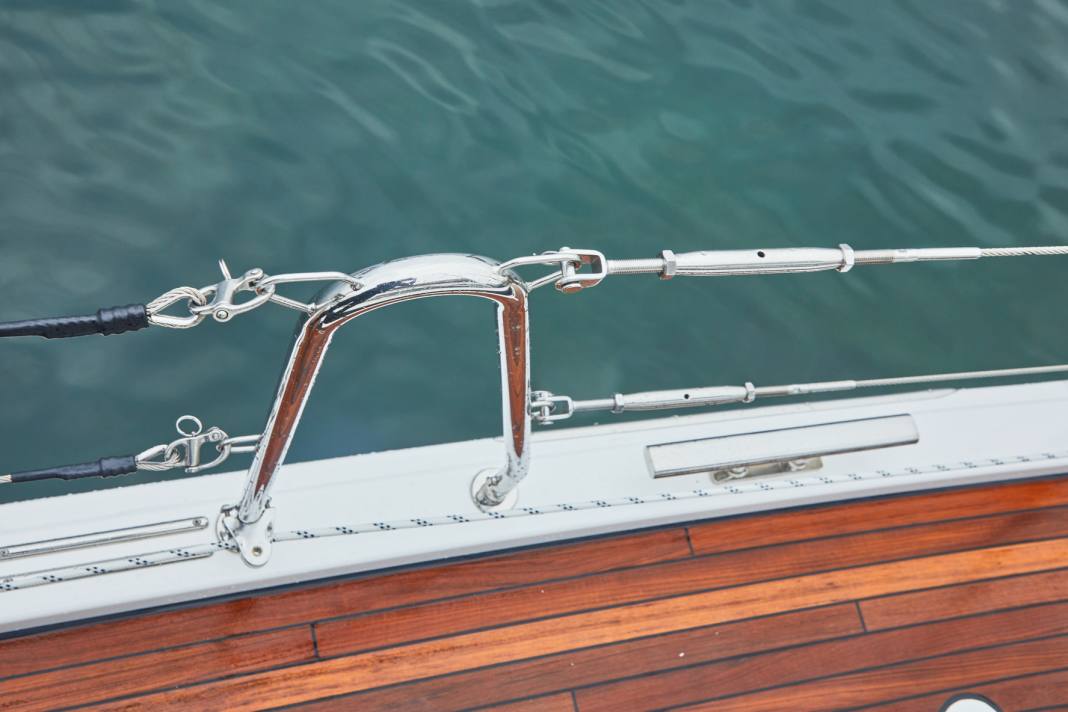





Railing 1: Ergonomics in the workplace
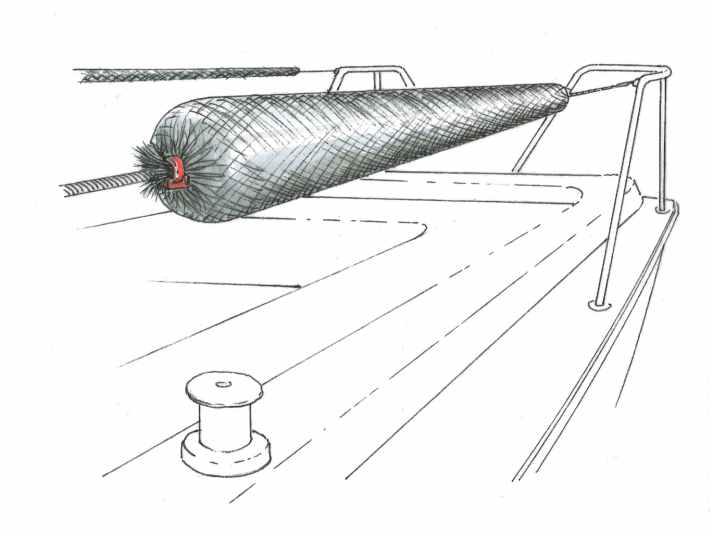
On the high edge, you have a good overview, especially downwind. The railing wire is then protection against falling overboard and a backrest in one. However, it can pinch your back unpleasantly. Specialist dealers do offer suitable cushions, but we opted for a longer do-it-yourself version, which is also cheaper and has no visual disadvantages. It consists of a fabric tube with a diameter of 15 millimetres and PE pipe insulation with a suitable inner diameter. The hose is pulled over the wire and then the foam insulation is placed on top as padding. To make the whole thing look neat and to protect the foam, we pulled a cable protection braid over it at the end. It was fixed at the ends with cable ties. Taklings or thicker straps are of course also conceivable here.
Nils Tamm, Kronshagen
Railing 2: Turnaround good, all good
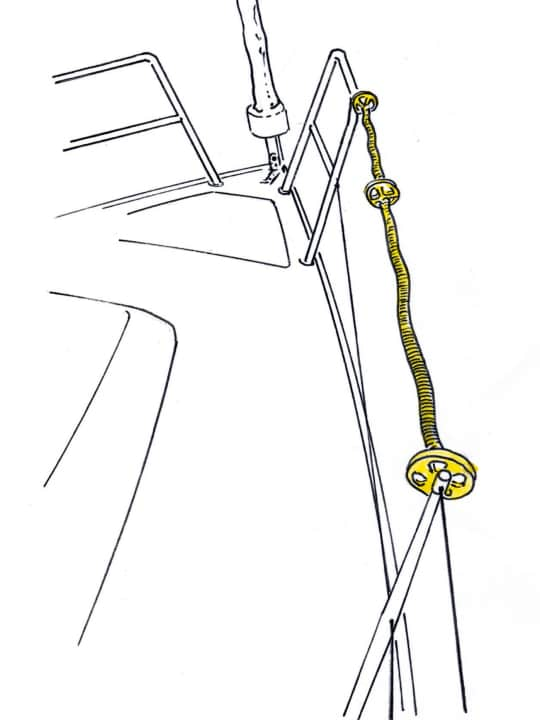
It's a typical problem for us too: when tacking, the lower leech of the genoa gets caught on the railing. We have slid a flexible cable tube onto the stainless steel wire. It reduces friction by providing a smoother surface, and it also rotates on the wire. In addition, commercially available deflectors on the pulpit, railing support and in the centre of the wire ensure low-friction passage should the headsail get caught behind the railing.
Edgar Ohnmacht, Tolk
Railing 3: Sure-footed management
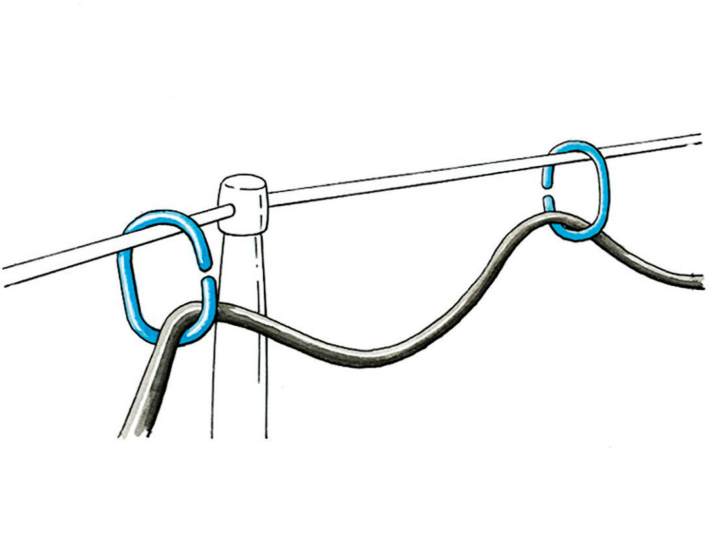
Hanging the shore power cable on the railing is a helpful idea. On deck, the cable quickly becomes a tripping hazard. In addition, the round cable rolls away under the sole of your shoe when you step on it, so you quickly lose your footing. However, the special stainless steel hooks for attaching to the railing are not absolutely essential. DIY stores sell robust plastic rings for attaching shower curtains. These inexpensive hooks can be easily attached to the railing and are ideal for hanging cables. The connection is quickly made and the running deck remains free of obstacles.
Winfried Reckermann, Cologne
Railing 4: Linen protector
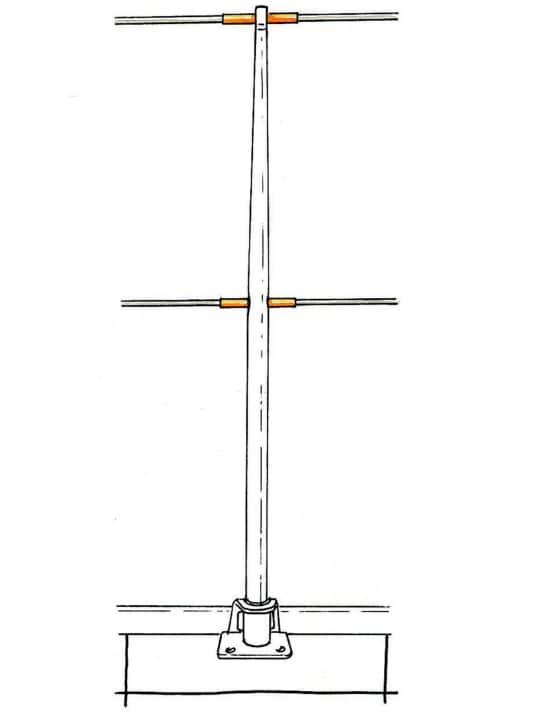
We use plastic-coated railing wires. We have discovered suitable brass tubing as chafe protection to ensure that they last longer when being attached to the supports. We use tube with an outer diameter of eight millimetres. We push the required number of sections onto the wire and then have the terminals pressed on. Once the wire has been threaded on board, all that remains is to push the tube sections into the correct position - and that's it.
Thomas Breitwieser, Eckernförde
Do you have any advice for other sailors?
We will honour the publication of your lifehack with 50 euros. Please add photos or sketches. We also need your address so that we can send you a crossed cheque.
Submissions to: Editorial office YACHT, Gänsemarkt 24, 20354 Hamburg or: mail@yacht.de
